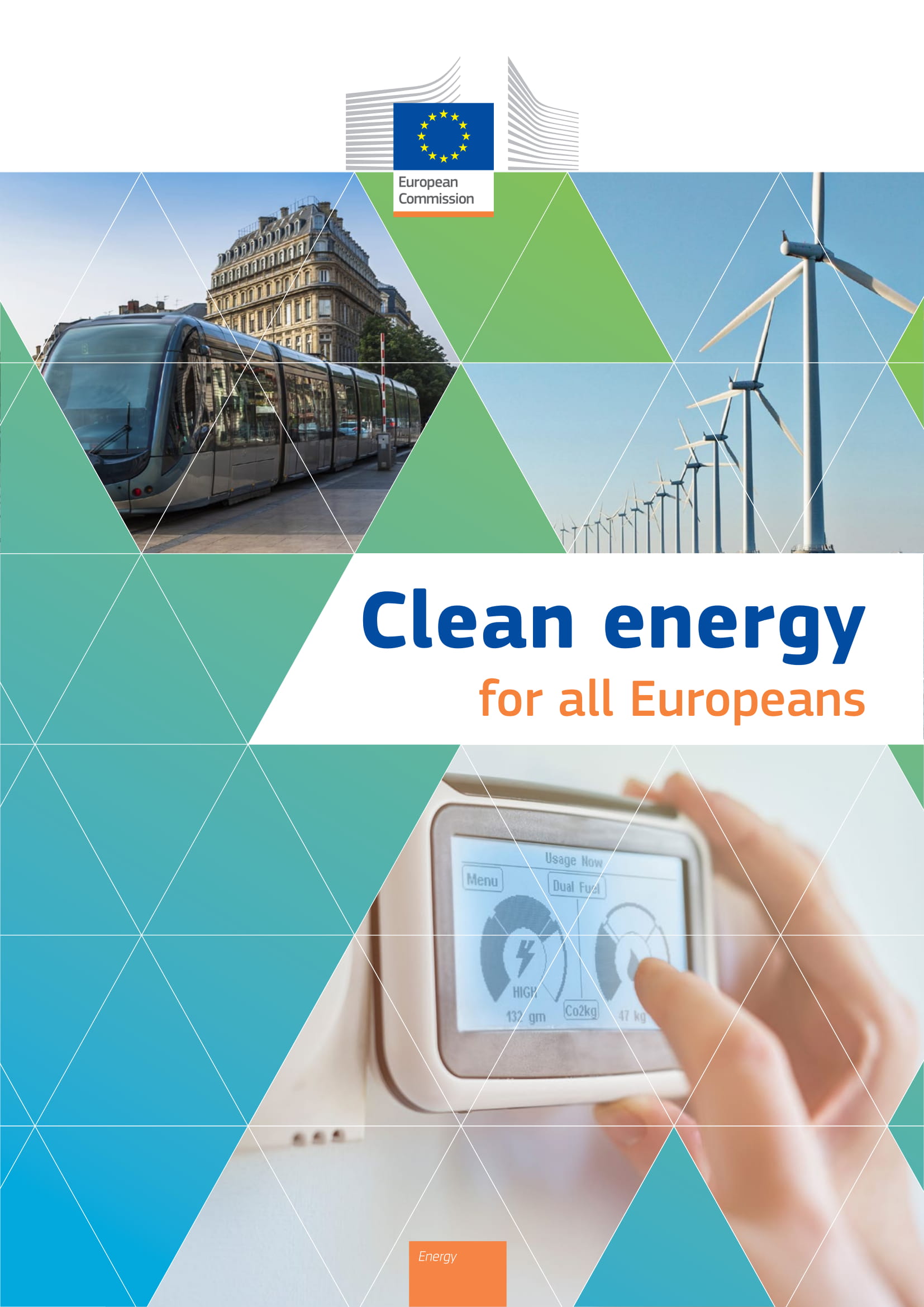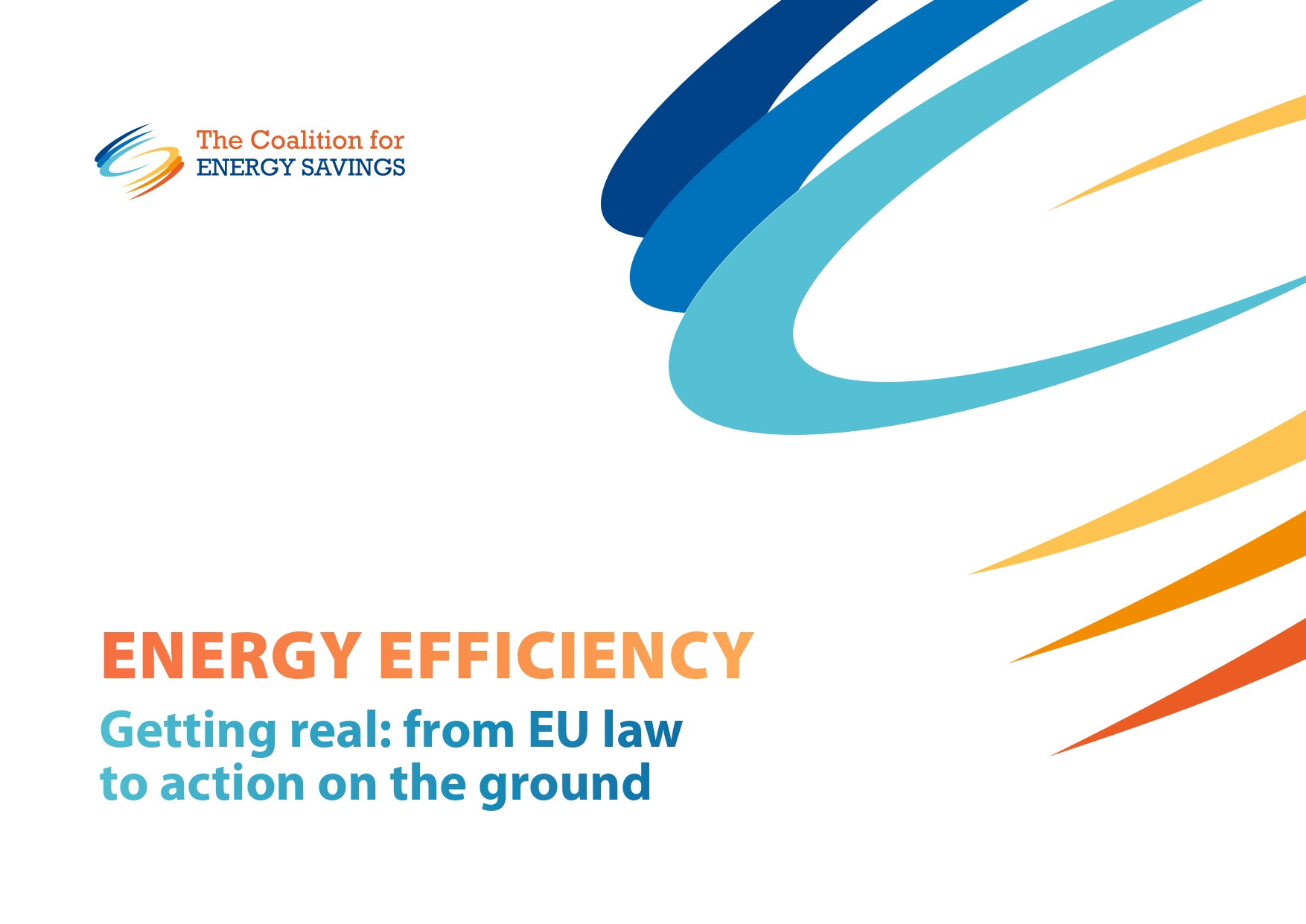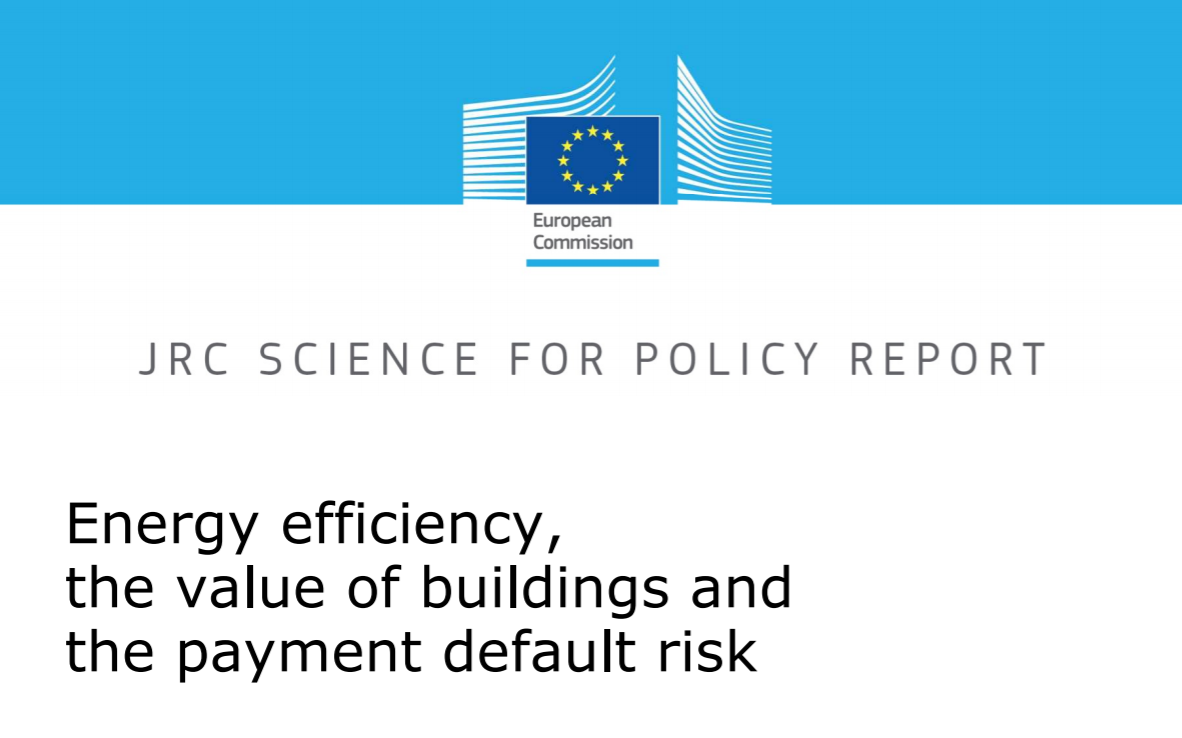EU priority actions for a fast, fair and attractive energy transition 2019-2024

The newly elected MEPs are taking office, the race for the EU top jobs including the new Commission President is running and the new strategic agenda for 2019-2024 is discussed in Council, Commission and Parliament. In this context, the Coalition for Energy Savings releases four EU priority actions 2019-2015 for a fast, fair and attractive energy transition.
The EU has set minimum energy efficiency levels through its 2030 targets. But actions and measures are yet insufficient to accelerate the renovation of our ageing buildings, the replacement of inefficient appliances and the modernization of polluting transport systems.
The new European Parliament and Commission will have to close the gap between ambitions and actions and deliver tangible benefits to people and businesses, so that the Energy Union becomes a reality for all.
The Coalition for Energy Savings has identified four EU priority actions for 2019-2024 for a fast, fair and attractive energy transition.
The recommendations cover four points:
- apply the energy efficiency first principle;
- support implementation and enforce existing law;
- provide dedicated financing and regulations for housing; and
- work with societal trends, starting with digitalisation.




